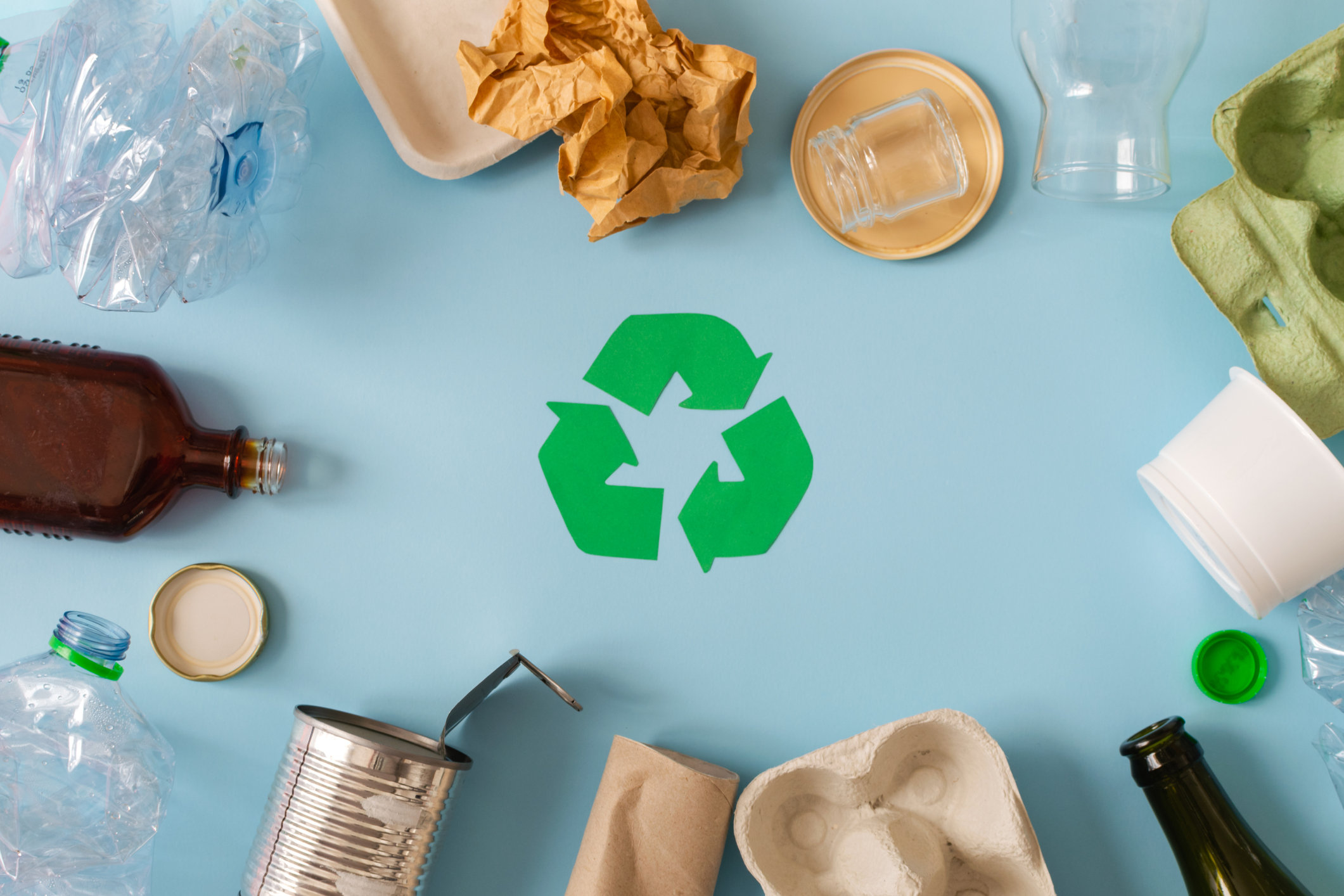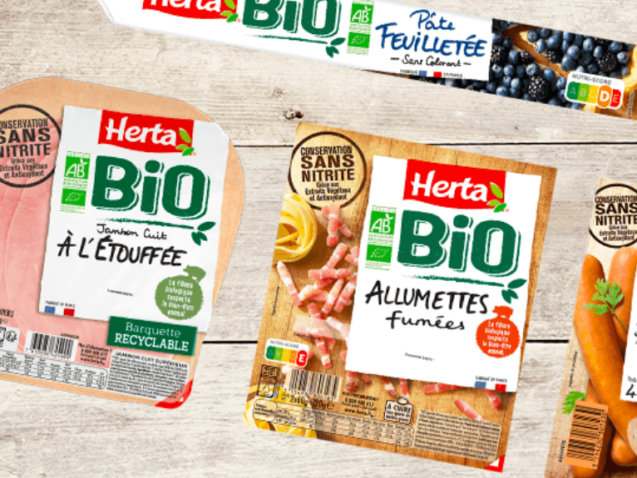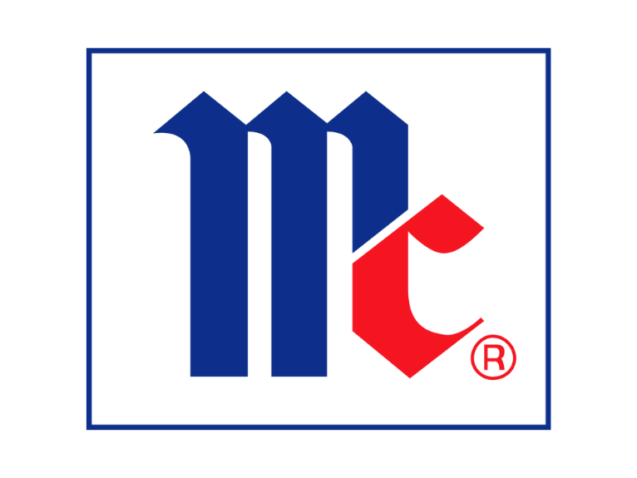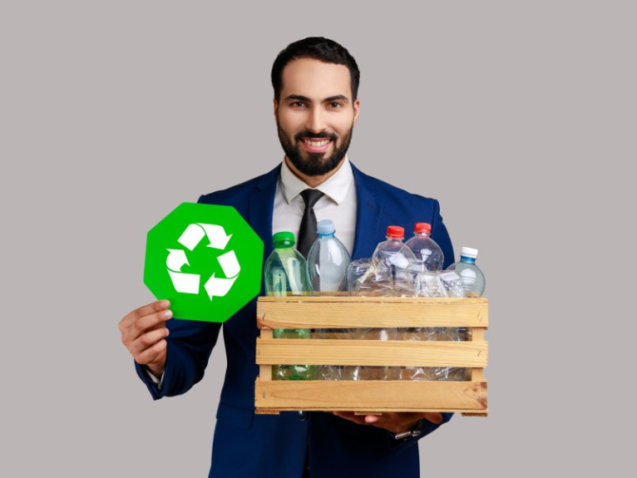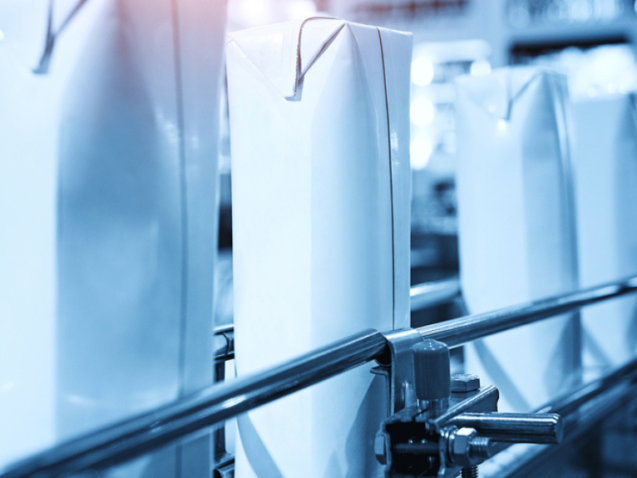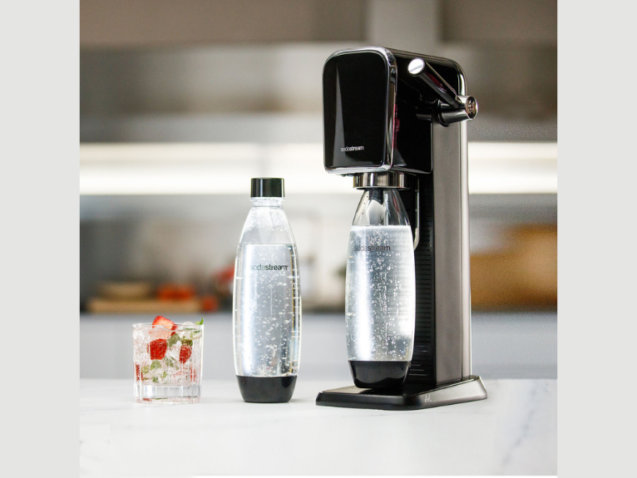
Food and drink packaging plays a vital role in protecting and preserving products for consumers. It also allows food and drink manufacturers to offer consumers a wide choice of safe products that meet their lifestyle needs. It can facilitate transport and logistics. Packaging – plastic packaging in particular – requires high amounts of resources and has negative environmental impacts when it goes to waste. As a major user of packaging, the food and drink industry is thus working overtime to roll out more sustainable packaging solutions and cut down on packaging waste.
We urgently need to take steps to create more circularity in our packaging and to adopt more sustainable packaging material.
FoodDrinkEurope and many of the industry’s biggest companies are committed members of the EU’s Circular Plastic Alliance, which aims to redirect 10 million tonnes of recycled plastics into new products by 2025.
From targeting waste management and recycling to empowering consumers and encouraging a joined-up approach to policy the entire supply chain is working to improve packaging materials and reduce waste. But this must be done in a way that allows all businesses – large and small – to affordably adapt.
Food safety must remain the priority when addressing food packaging. In most cases, food packaging is designed to keep food safe. It can also be necessary to preserve food quality, prolong shelf life, and prevent food waste and it can facilitate transport and logistics thereby reducing additional emissions. Packaging is also a useful medium for imparting information to consumers, just think of labelling.
So it’s important then that any innovations or regulatory changes are done on the basis of evidence that food safety is not compromised. Food safety is a priority and we should avoid trade-offs where possible.
Unfortunately, less than half of EU’s plastic packaging waste is currently recycled, with most of it going to landfill or incineration. Not only do we need to encourage consumers to buy – and discard – products in a more sustainable manner but the EU and member states must also invest significantly into much needed waste management infrastructure and recycling technology.
As a major user of plastic packaging, a circular economy approach on plastic is a top priority for food and drink manufacturers. Our sector supports the European Commission’s ambition for all packaging and 55% of plastic packaging to be recycled by 2030.
As part of the Circular Plastics Alliance, we are also working together with the plastics value chain to achieve the EU target to see 10 million tons of recycled plastic make their way into new products by 2025.
Meanwhile, our members are working to limit the quantity of both packaging and plastics they use and to find sustainable packaging alternatives, while importantly, maintaining the highest level of safety of our food and drink products and preventing food waste.
Unfortunately, less than half of EU’s plastic packaging waste is currently recycled, with most of it going to landfill or incineration. Not only do we need to encourage consumers to buy – and discard – products in a more sustainable manner, but the EU and Member states must also invest significantly into much needed waste management infrastructure and recycling technology.
In the EU, an estimated 20% of food produced is wasted, with 70% of that waste arising from households, food service and the retail level. At the same time, 33 million people can’t afford a decent meal every second day. That is why our industry is committed to helping halve food waste by 2030, in line with UN SDG target 12.3. We will help achieve this by driving out inefficiencies within supply chains and, where surpluses can’t be avoided, redirecting food to feed people. Consumer engagement is key to these ambitions, and it is also important to create a comparable level of data measurement between EU member states to inform legislative measures.
Water is another key resource we can use more efficiently. The food and drink industry accounts for 1.8% of Europe’s total water use and as such is committed to protect water in its extended value chain.
As part of our efforts to achieve more sustainable food systems, we are stepping up initiatives on water preservation across the agri-food chain. Ramping up water recovery rates and ensuring only clean water is returned to the environment are some of the steps the food and drink industry is taking.


